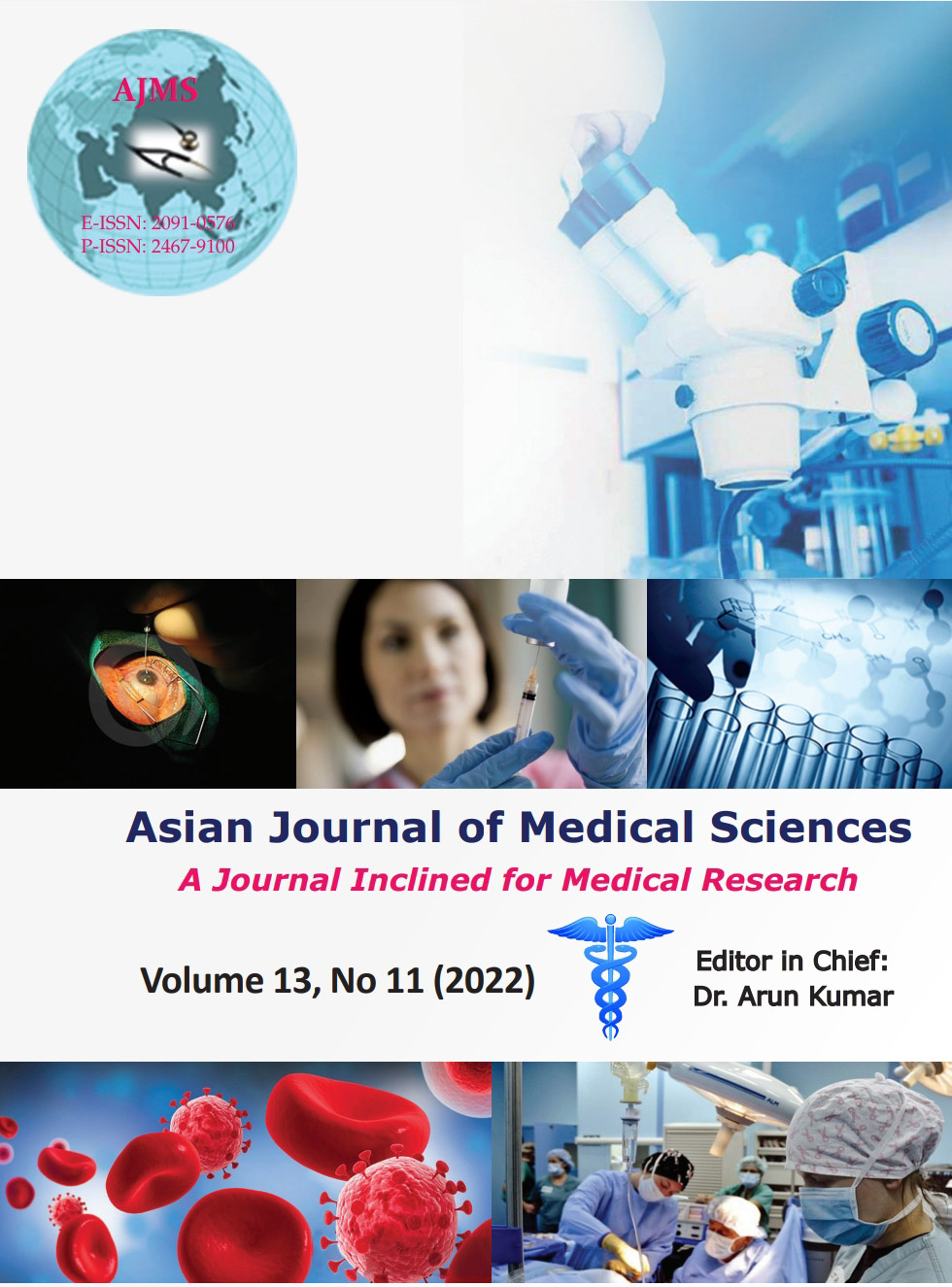Changes of trends in contraception in pandemic – A hospital-based study
Keywords:
COVID-19; Contraceptives; Delivery; HospitalAbstract
Background: With the onset of COVID-19 pandemic, the life of humankind had changed a lot. With a change in health-care approach, contraception became a non-essential service and faced a downfall.
Aims and Objective: This study objective is to find out the changes in contraceptive usage in a tertiary care center.
Materials and Methods: The study is a retrospective observational study, in which contraceptive usage was compared between 2019 and 2020. Data obtained from record section of the institute were used as source. Attendance in Gynecological Outpatient Department, admission in maternity ward, and delivery rates were also compared between 2 years.
Results: Total contraceptive usage was decreased by 11.1% in 2020. Long-acting reversible contraceptives or short-acting both types were decreased in 2020, but maximum decrease was barrier method condom by 25.1% and oral contraceptive pills by 24.9%. Hospital maternity ward admission was less by 7% and delivery rates by 2.4%. Only medical termination of pregnancy showed an increased trend in 2020.
Conclusion: Pandemic also had caused a toll in family planning, and thus, overall decrease in usage was seen which can be detrimental to population control.
Downloads
Downloads
Published
How to Cite
Issue
Section
License
Copyright (c) 2022 Asian Journal of Medical Sciences

This work is licensed under a Creative Commons Attribution-NonCommercial 4.0 International License.
Authors who publish with this journal agree to the following terms:
- The journal holds copyright and publishes the work under a Creative Commons CC-BY-NC license that permits use, distribution and reprduction in any medium, provided the original work is properly cited and is not used for commercial purposes. The journal should be recognised as the original publisher of this work.
- Authors are able to enter into separate, additional contractual arrangements for the non-exclusive distribution of the journal's published version of the work (e.g., post it to an institutional repository or publish it in a book), with an acknowledgement of its initial publication in this journal.
- Authors are permitted and encouraged to post their work online (e.g., in institutional repositories or on their website) prior to and during the submission process, as it can lead to productive exchanges, as well as earlier and greater citation of published work (See The Effect of Open Access).




